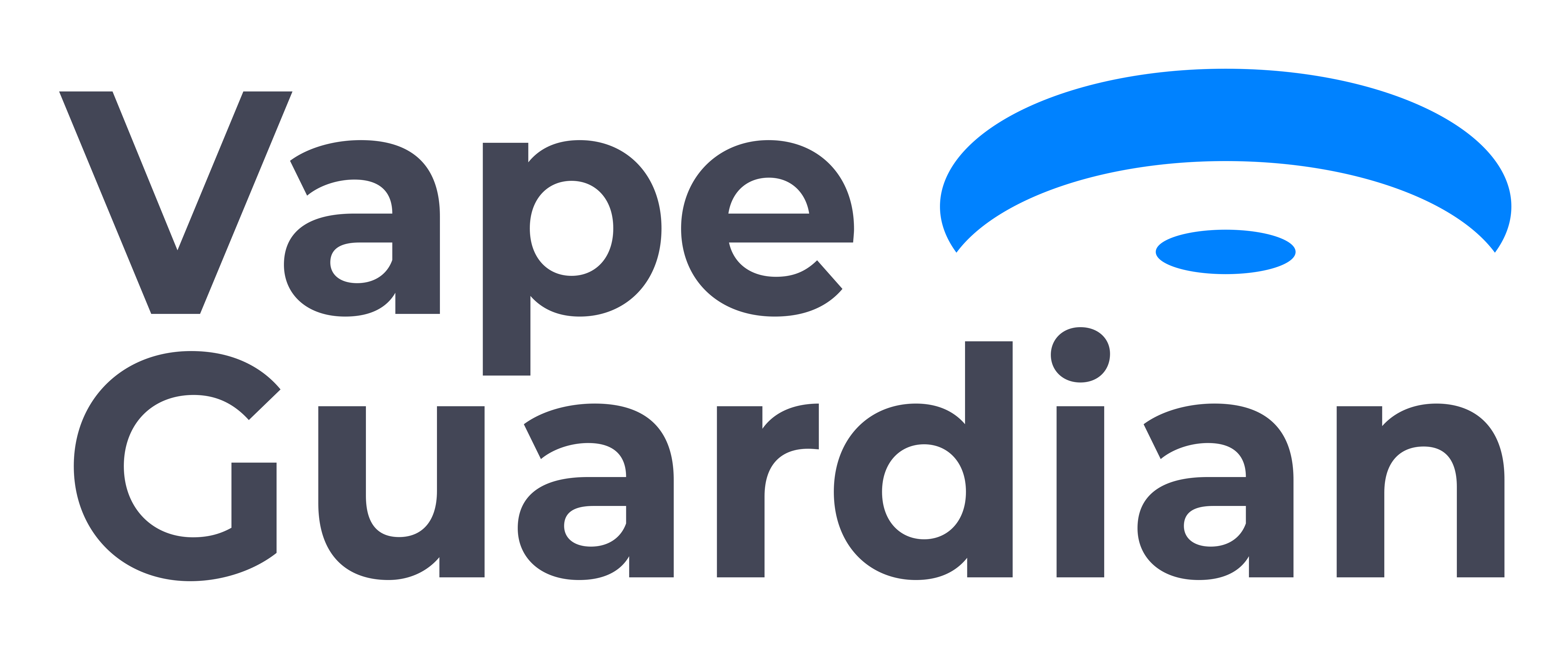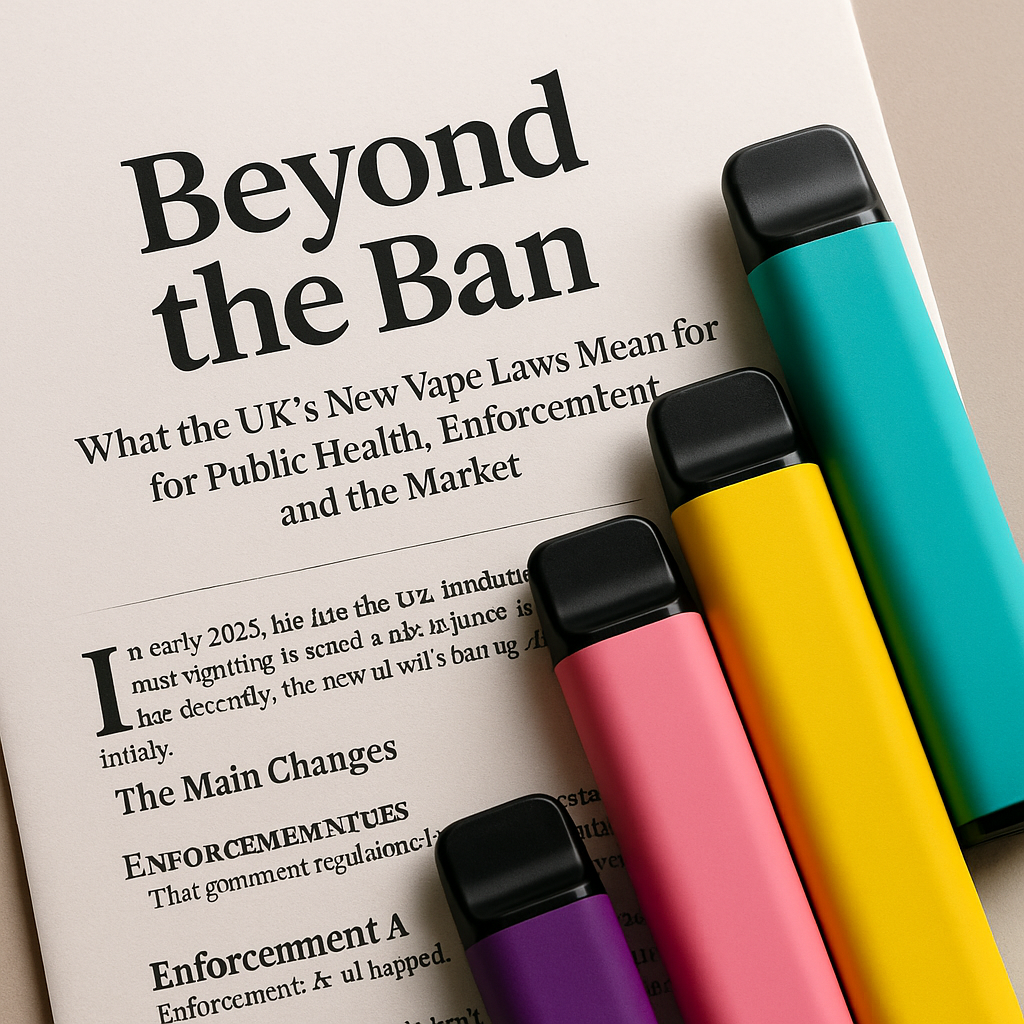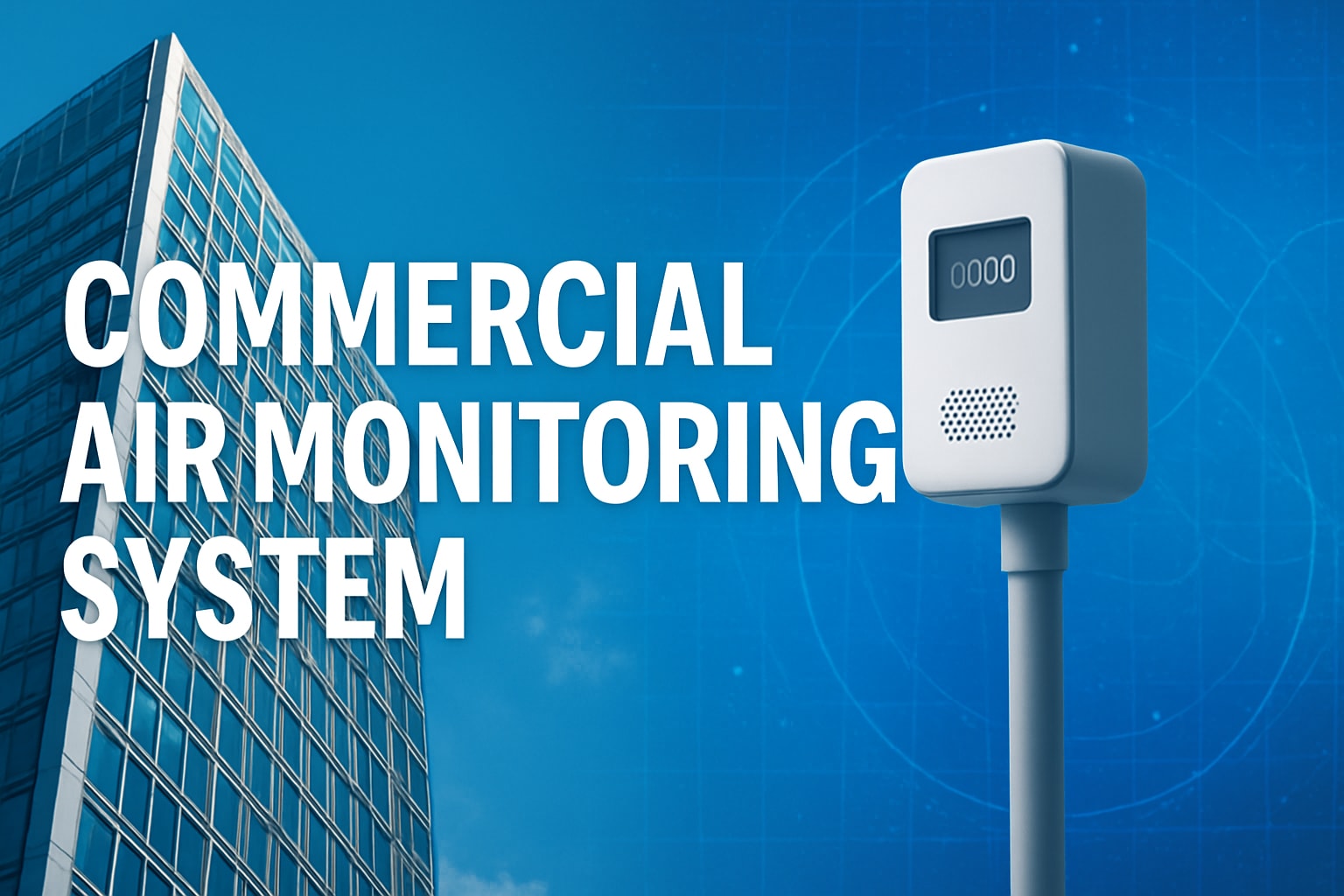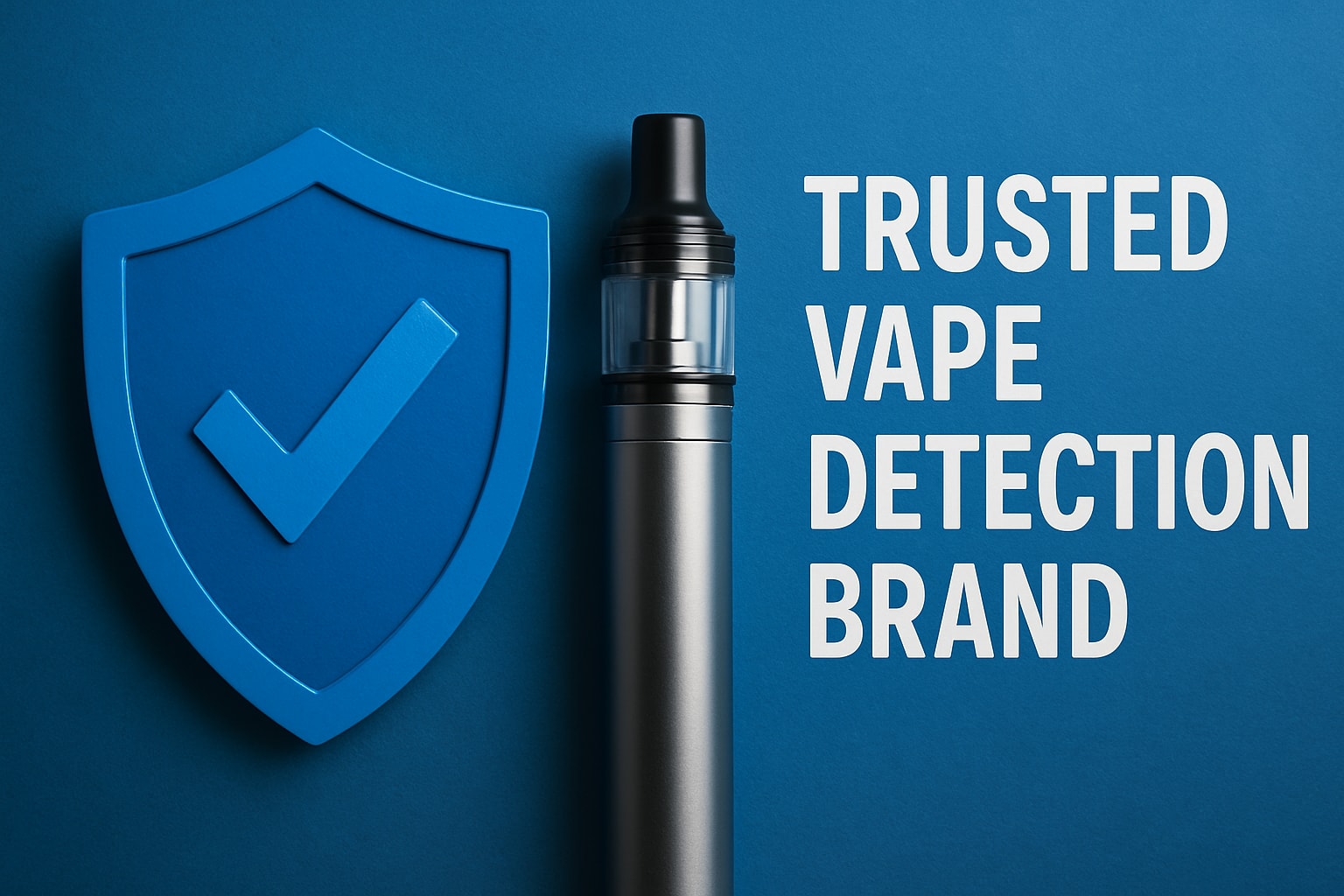On June 1st 2025, the UK has introduced the most significant set of vaping regulations we have seen so far. The spotlight has been placed squarely on the ban of disposable vapes, but this is only one part of a much broader shift in how the government approaches vaping, particularly among young people.
The new legislation, delivered through the Tobacco and Vapes Bill, sets the tone for a long-term cultural and regulatory change. At Vape Guardian, we work directly with schools, public sector partners and private organisations to reduce exposure to vaping among young people — so we have been watching these developments closely.
Here is our analysis of what the new laws will mean, what they are likely to achieve, and the unintended consequences we believe should be addressed.
The Main Changes
The Tobacco and Vapes Bill introduces several new measures:
-
Ban on Disposable Vapes
Single use vapes, often used by under-18s due to their low cost and ease of access, will be banned entirely from retail sale. -
Restrictions on Flavours and Packaging
The government will regulate flavours to remove those that are clearly targeted at children, and limit the use of bright colours and cartoon-like packaging. -
Complete Ban on Underage Sales
It will become illegal to sell any vape product — even nicotine-free — to anyone under the age of 18. This applies across in-person and online sales. -
New Enforcement Powers
Trading Standards teams will be able to issue £200 fixed penalty fines for breaches, allowing faster and more direct responses to illegal sales. -
Wider Regulatory Authority
Ministers will have the flexibility to introduce additional controls in future, including how vapes are displayed and marketed in shops.
Enforcement: A Step in the Right Direction, but Resourcing is Key
The introduction of fixed penalty notices is a welcome change. For too long, enforcement of underage sales has been inconsistent due to the time and cost involved in taking retailers to court. This new mechanism offers a more practical deterrent.
However, real impact will depend on how well these powers are resourced. Local authority budgets remain under pressure, and Trading Standards teams are already stretched. The ability to enforce these rules effectively will rely on adequate funding, training and long-term support.
This is where innovative solutions, like real-time vape detection systems, can play a vital role — particularly in schools, where incidents are often discreet and difficult to monitor. Vape Guardian provides schools with the tools they need to detect and respond to vaping incidents early, rather than after the fact.
The Challenge of the Black Market
While banning disposables addresses one of the most accessible products for young people, it does not eliminate demand. And when regulated supply disappears, it often creates an opportunity for illicit sellers to fill the gap.
We anticipate a rise in the import and sale of unregulated vapes and liquids — often sold at market stalls, via social media, or under the counter in smaller retailers. These products may contain unsafe levels of nicotine or other substances not approved for inhalation.
For this reason, enforcement must work alongside education and support. Criminalising underage users without offering help or alternatives risks pushing them into even riskier environments. A supportive, health-based approach will always be more effective than punishment alone.
Changing the Narrative
What this legislation ultimately aims to do is shift the public perception of vaping — particularly among young people. Just as smoking lost its social appeal over the course of a generation, these laws seek to send a clear message: vaping is not a harmless trend, and it is not for children.
Limiting the visibility of vapes in shops, ending playful branding and tightening controls online are part of a wider effort to reduce the normalisation of vaping. But this cultural change cannot come from legislation alone.
Schools, families and community leaders have a critical role to play. Young people need clear, consistent messages — not just warnings, but genuine support. Educational resources, staff training and the ability to detect and respond to incidents are essential. Vape Guardian was created to support this exact mission: helping organisations stay ahead of the issue with data-led tools and practical solutions.
What to Expect Next
The legal vape market will adjust quickly. We expect to see a rise in refillable and pod-based devices, a greater focus on adult-only retail spaces, and perhaps a short-term increase in non-compliant imports while enforcement catches up.
The government's long-term goal remains clear — a smoke-free generation. But achieving this will require cooperation between government, public health bodies, schools and innovators. Technology must complement policy. Support must be made available. And enforcement must be fair, consistent and well-funded.
Final Thoughts
The new vaping laws are a positive step, but they will not work in isolation. Reducing youth vaping requires an ecosystem of support: regulation, education, detection and intervention.
At Vape Guardian, we believe technology and behavioural insight must work hand in hand. Whether you are a school leader, policy adviser or parent, the next year presents a unique opportunity to reshape how we respond to this issue.
If you would like support in preparing for these changes — or understanding what they mean for your environment — our team is here to help.











Share:
Comparison Guide: Vape Guardian vs Premium Competitor Systems
The Truth Behind the Disposable Vape Ban: What We Are Still Getting Wrong About Youth Vaping